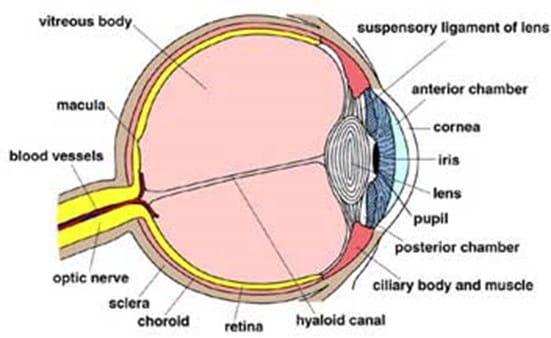What is a Cataract Extraction?

Cataract is a common cause of poor vision in older adults but can also occur in babies and children. It can be caused by injury to the eye, a problem with the child's general health or it can be passed on to the child by heredity.
The ophthalmologist may order tests to help find the cause. However, in many cases, no cause can be found. Cataract surgery is a major operation that is done in the operating room.
Some children, usually older than 1 year of age at the time of surgery, may benefit from the implantation of an intraocular lens at the time of the cataract extraction.
Before the Procedure
A few days before the surgery, a nurse from the Same Day Surgery department will contact the parents of the child. He or she will confirm the scheduled surgery time and what time the child should arrive at the hospital on the day of the surgery.
The parents are asked to bring a physical exam form that has been completed by the patient's pediatrician within 30 days prior to surgery. On the day of the procedure, the patient should dress in comfortable clothing and wear no jewelry or fingernail polish. Eating and drinking instructions are age specific and are found in the Same Day Surgery guide.
If the patient takes any medicines routinely, he or she can usually take the morning dose with a sip of water. Notify the doctor of any morning medications prior to surgery.
A doctor or nurse practitioner from the Anesthesia Department will talk to the parents about the anesthesia. They will also answer any questions that the family has.
During the Procedure
The procedure will take place in the operating room. Children who are over the age of 1 year may have one parent in the operating room with them as they fall asleep. This is dependent on the child's state of health as well as the discretion of the anesthesia provider.
The child will be asleep for the entire operation and will not feel any pain or any other sensations. He or she will be monitored by nurses and doctors throughout the procedure.
The ophthalmologist will make an incision on the side of the cornea, which is the clear, dome-shaped surface that covers the front of the eye. The cataract is removed from the eye, and a lens implant will be inserted if appropriate. The doctor will place a few stitches to close the incision. These may dissolve on their own or may need to be removed by the physician at a later time.
After the Procedure
Full-term infants three months old or younger will be admitted for overnight observation. Premature infants less than 20 weeks from their due date will also require overnight observation. Older infants and children go home the same day and are seen the next day for a post-op visit.
The ophthalmologist will speak to the parents as soon as he or she has completed the procedure. At this time, the doctor will provide post-surgery instructions including the use of eye drops and/or ointment to help with healing and protect from infection.
The patient should not have any pain, although some children and infants may be fussy, tired and disoriented, and may experience some nausea and/or vomiting from the anesthesia.
The patient will also need to wear a metal eye shield to help protect the eye for several weeks after surgery. Discourage the child from rubbing or pressing on the eye.
After surgery, the doctor will follow the patient's care closely. For long-term care, children will need to wear glasses, bifocals and/or contact lenses after surgery in order to get the best vision. They may also need to wear a patch over the unaffected eye to improve vision. The length that it must be worn will be determined by the doctor throughout the follow-up visits.



